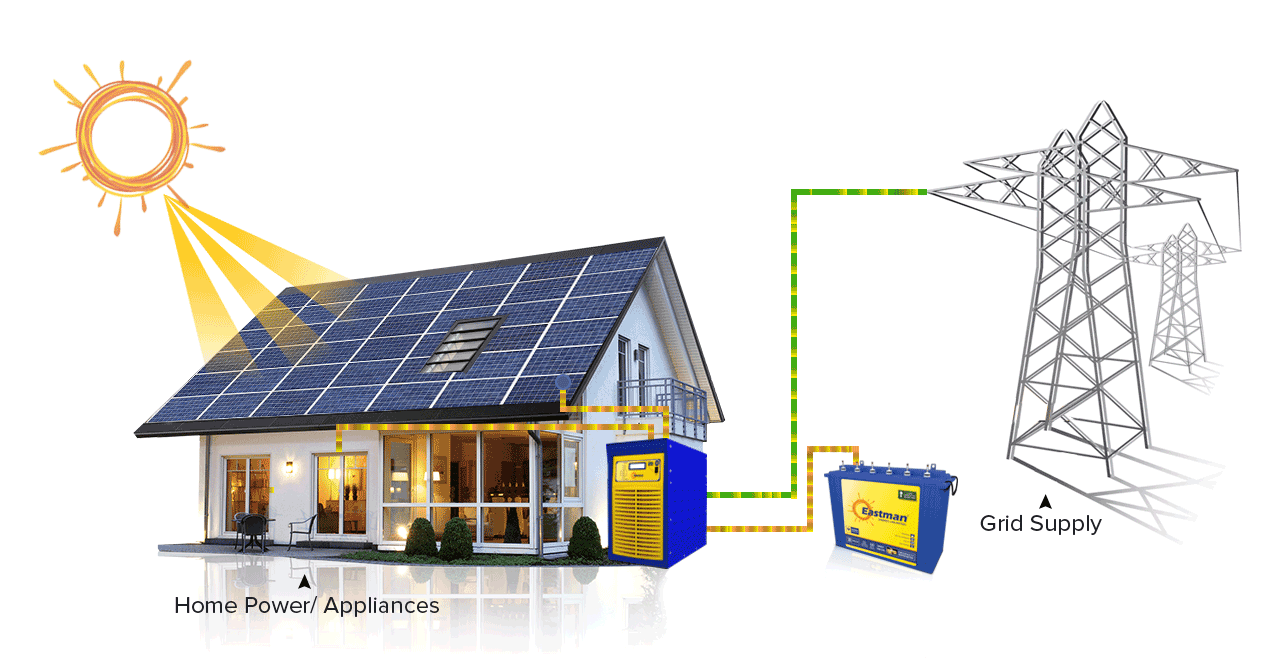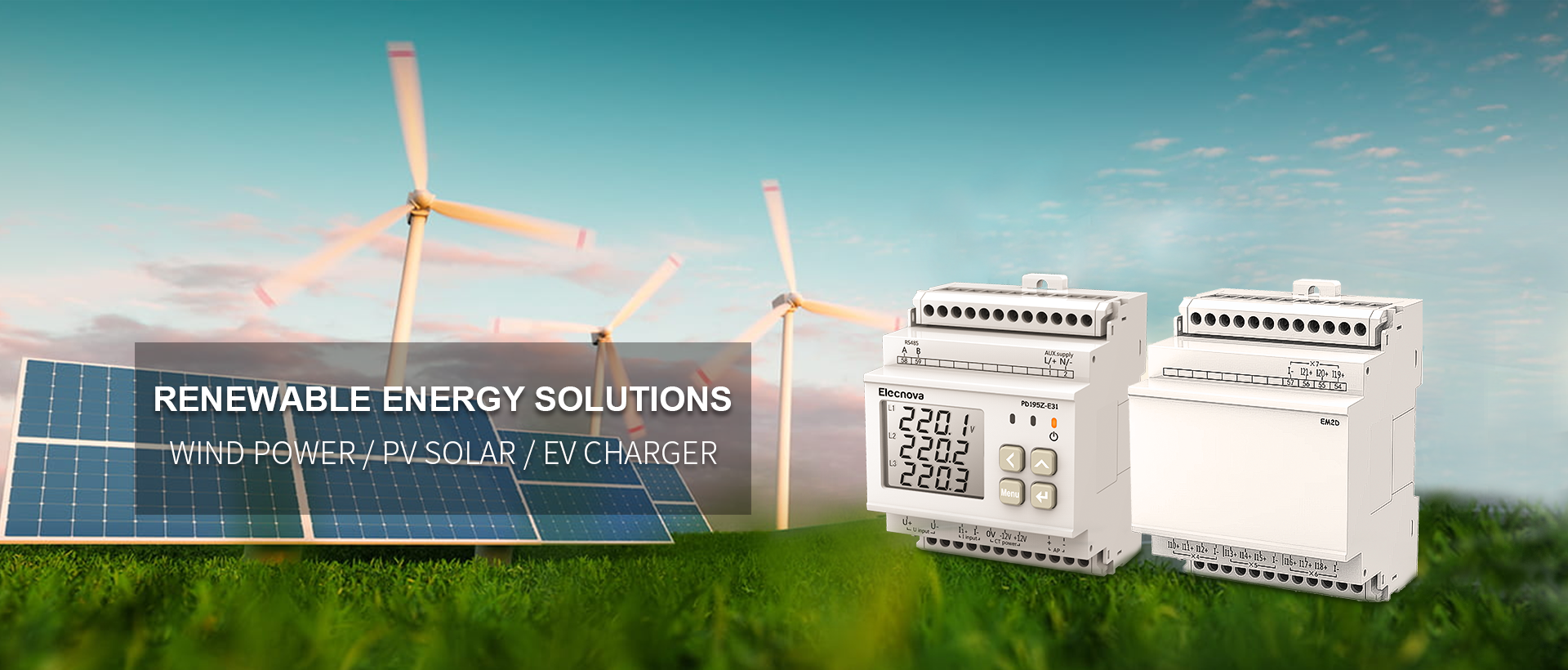However, due to massive development, the power grid has become weak and many problems have arisen in the connection mechanisms of solar energy investment projects. One of the problems in the connection mechanism is the power quality part, specifically the part that ensures harmonic standards for solar energy systems. VG Group has provided an active harmonic filtering solution to ensure that rooftop solar energy systems meet connection standards according to Circular 30/2019 BCT.
Reactive power compensation solution for rooftop solar power systems
1. Rooftop solar power (PV) system
In recent years, the number of distributed rooftop power sources has been increasing. As the only control device in a grid-connected solar energy system, the inverter must have two basic functions: photovoltaic peak power point monitoring and grid connection. For grid-connected systems smaller than 5 kW, a single-phase inverter is typically used while for systems larger than 5 kW, generally a three-phase inverter is used. In addition, the grid-connected inverter must have islanding detection function, and the output common-mode leakage current must be less than the value specified in various standards to ensure safety for people and equipment.

2. Analysis of reactive power compensation for rooftop solar power systems
The problem of insufficient reactive power compensation
Because the output reactive power component capacity of the inverter is small, after the rooftop solar system is connected to the plant, if the initial reactive power margin is sufficient, it is generally not necessary to supplement it. Add capacitor banks, but need to be controlled and adjusted according to the actual situation or replaced with a static reactive power generator (SVG) to compensate the reactive power.
In practical application, after the rooftop solar system is connected, reactive power compensation problems in the power distribution system occur in many different forms.
(1) Some factories reported that reactive power compensation is often included after the photovoltaic system is connected, but the electricity bill increases over a period of time. After investigation, this phenomenon occurs in the wiring method of the energy access point above the reactive power compensation sampling point, and the PV installed capacity is relatively large. Especially when the plant's monthly stable load is lower than normal, the proportion of electricity provided by the rooftop solar system increases significantly, possibly exceeding 25% of the design load. At this time, even if the controller compensates the reactive power according to the set power factor value, a part of the reactive power is still taken from the grid and leads to a reduction in the power factor.
(2) Other plants have also reported that after connecting to the photovoltaic system, the reactive power compensation device at the low voltage switchboard initially cannot be put into operation when there is enough sunlight during the day. days, and the power factor is capacitive, and there are different monthly penalties. The reactive power compensation device operates normally at night.
After survey, the photovoltaic system was connected to the power distribution system from the load supply cabinet, because the installed photovoltaic capacity was relatively large. In case there is enough sunlight during the day, there is basically no need to connect active power to the load side on the grid side, and even the spontaneous power generated by the solar power system can be used. sent back to the grid via the busbar. Under the condition that the reactive power demand of the load does not change, the power factor calculated by the reactive power compensation controller in the incoming line has a negative value. Because traditional reactor devices cannot compensate capacitive loads, traditional reactor devices can no longer do the normal job of reactive power compensation according to the target power factor.

VNG provides power quality stabilization solutions for rooftop solar power systems.
3. Solutions
3.1. To make the test point return to the initial power factor level, adjust the initial working mode of the reactive power compensation controller, from initial compensation according to target power factor to compensation according to reactive power. However, this method cannot guarantee the accuracy of compensation. Due to the stepped capacity of the fixed capacitor, it can easily cause overcompensation or undercompensation.
3.2. Change the original reactive power compensation device to a static reactive power compensation device (SVG). The best initial location for installation and adjustment of the reactive power compensation cabinet should be behind the main cabinet and in front of the distribution cabinet. Because the SVG device can realize capacitive and inductive bidirectional reactive power compensation, and can continuously adjust reactive power in standby mode, and has the advantage of fast response speed, it is it can perfectly solve the reactive power problem caused by industrial and commercial rooftop solar systems.